Frederica Freyberg:
A “Closer Look” now at a federal proposal to drastically cut annual funding to the Great Lakes Restoration Initiative, from $300 million to $10 million. The initiative began in 2010 to speed up efforts to protect and restore the Great Lakes, described as the largest system of fresh surface water in the world. The initiative works to clean up particular areas of concern, prevents and controls invasive species, reduce algae blooms and restores habitat. Last year alone, Wisconsin saw nearly $300 million in funding from the Initiative. In tonight’s “Closer Look,” potential impact of cuts to Great Lakes restoration. Joel Brammeier is the president of Alliance for the Great Lakes. He joins us from Chicago and thanks very much for doing so.
Joel Brammeier:
Thanks for having me.
Frederica Freyberg:
Well, first, what is your reaction to the proposed funding cuts?
Joel Brammeier:
Well, the cuts would be devastating to the Great Lakes. The Great Lakes Restoration Initiative has really brought the region back from the brink, in terms of supporting clean-ups of some of these contaminated sites, protecting the Great Lakes from things like Asian carp which made headlines several years ago. And so the program has been wildly successful. It’s funded more than 2,000 projects across the Great Lakes region and we’re really looking forward to continue and we think it can because it has a lot of bipartisan support in Congress.
Frederica Freyberg:
The Great Lakes Restoration Initiative is funding to kind of accelerate clean-up. Could it be regarded as a booster fund in addition to other efforts that are already ongoing?
Joel Brammeier:
Well, states and cities are also spending millions of dollars every year to restore the Great Lakes. And what the Great Lakes Restoration Initiative has done has really brought all of that effort together as a partnership from the federal level all the way down to the local level. And so you’re actually now seeing billions of dollars of restoration money being invested across levels of government and the private sector. The GLRI, as it’s known, has had this sort of collaboration-inducing effect in addition to the raw dollars. We stand to lose a lot of that collaboration if this program goes away.
Frederica Freyberg:
I know in Wisconsin the Initiative has worked to address the Sheboygan River and lower Fox River, designated as areas of concern because of industrial contamination and pollution. How does the funding address that kind of clean-up?
Joel Brammeier:
Part of the Great Lakes Restoration Initiative is designated to support cities around the region like Sheboygan and like the lower Fox River area that experienced that legacy of contamination. In a very real way, the Midwest built the world. We provided the steel, the cars, the paper. There’s a legacy of contamination that goes with that. So dozens of cities around the Great Lakes have a very heavy contamination burden. The GLRI is sparking clean-ups across the region. Four of the most contaminated areas in the United States have been cleaned up as a result of the GLRI and other partnerships. And there’s a couple dozen more on the list still waiting.
Frederica Freyberg:
So what are some kind of specific examples of work that has happened because of the funding of which you speak?
Joel Brammeier:
Well, you brought one up already right there in Wisconsin. The Sheboygan clean-up has received substantial funding from the GLRI, from a number of federal agencies, and combined with local investment is making a huge difference in the comeback of Sheboygan's Lake Michigan resources. A little south of there you’ve got Milwaukee, what’s called an area of concern that’s in the process of being cleaned up. In Illinois, just a little bit south Waukegan. There’s example after example of a city on the coast of the Great Lakes that doesn’t actually get all the benefits of being on the Great Lakes because they’ve got this legacy of contamination. We also have, of course, the effort to protect the Great Lakes from species like Asian carp, which is being directly funded in Illinois to the tunes of tens of millions of dollars each year. Part of that is coming out of the GLRI.
Frederica Freyberg:
So if this funding gets reduced to the extent that is proposed, is it your expectation that these projects would just stop in their tracks?
Joel Brammeier:
That federal spark is almost critical to the future of these clean-ups. You’ve got to have that federal engagement to drive those clean-ups forward or the projects face a very real risk of grinding to a halt. To give you an example, in the 20 years prior to the creation of the GLRI, there were designations on the books, there were plans that had been written, there were community forums, but there was no dollars actually going to make these clean-ups happen. And the GLRI fast forwarded all that. Now we’re on the pace to actually get those projects done.
Frederica Freyberg:
How would you describe kind of the current health of the Great Lakes?
Joel Brammeier:
I think we’re at some very real risk. Places like Toledo, Ohio that can’t access clean drinking water sometimes because the water is so contaminated from toxic algae. You’ve got locations like the bay of Green Bay, where clean water concerns are doing damage to the region’s image, not to mention the fact that people are having a hard time accessing safe drinking water northeast of Green Bay. And there’s examples like that all over the Great Lakes. We’re facing some very real risks right now. It’s not as though the clean-up is done and we can just walk away.
Frederica Freyberg:
How likely do you think it is that these funding cuts will actually become reality?
Joel Brammeier:
Well, if there is a silver lining here, it’s that there has been a massive effort over the last ten years to build up the bipartisan support for restoring the Great Lakes. And so you’ve seen, for example, this spring there was a letter sent in Congress that nearly 50 members of Congress, Republicans and Democrats from the Great Lakes region, signed on to supporting full funding for this initiative. It was authorized officially by Congress at the end of last year. I think there’s a great prospect to actually get this program back where it needs to be, regardless of what the White House puts forward.
Frederica Freyberg:
We'll be watching. Joel Brammeier out of Chicago, thanks a lot for joining us.
Joel Brammeier:
Thank you.
Search Episodes

Donate to sign up. Activate and sign in to Passport. It's that easy to help PBS Wisconsin serve your community through media that educates, inspires, and entertains.
Make your membership gift today
Only for new users: Activate Passport using your code or email address
Already a member?
Look up my account
Need some help? Go to FAQ or visit PBS Passport Help
Need help accessing PBS Wisconsin anywhere?

Online Access | Platform & Device Access | Cable or Satellite Access | Over-The-Air Access
Visit Access Guide
Need help accessing PBS Wisconsin anywhere?

Visit Our
Live TV Access Guide
Online AccessPlatform & Device Access
Cable or Satellite Access
Over-The-Air Access
Visit Access Guide
 Passport
Passport


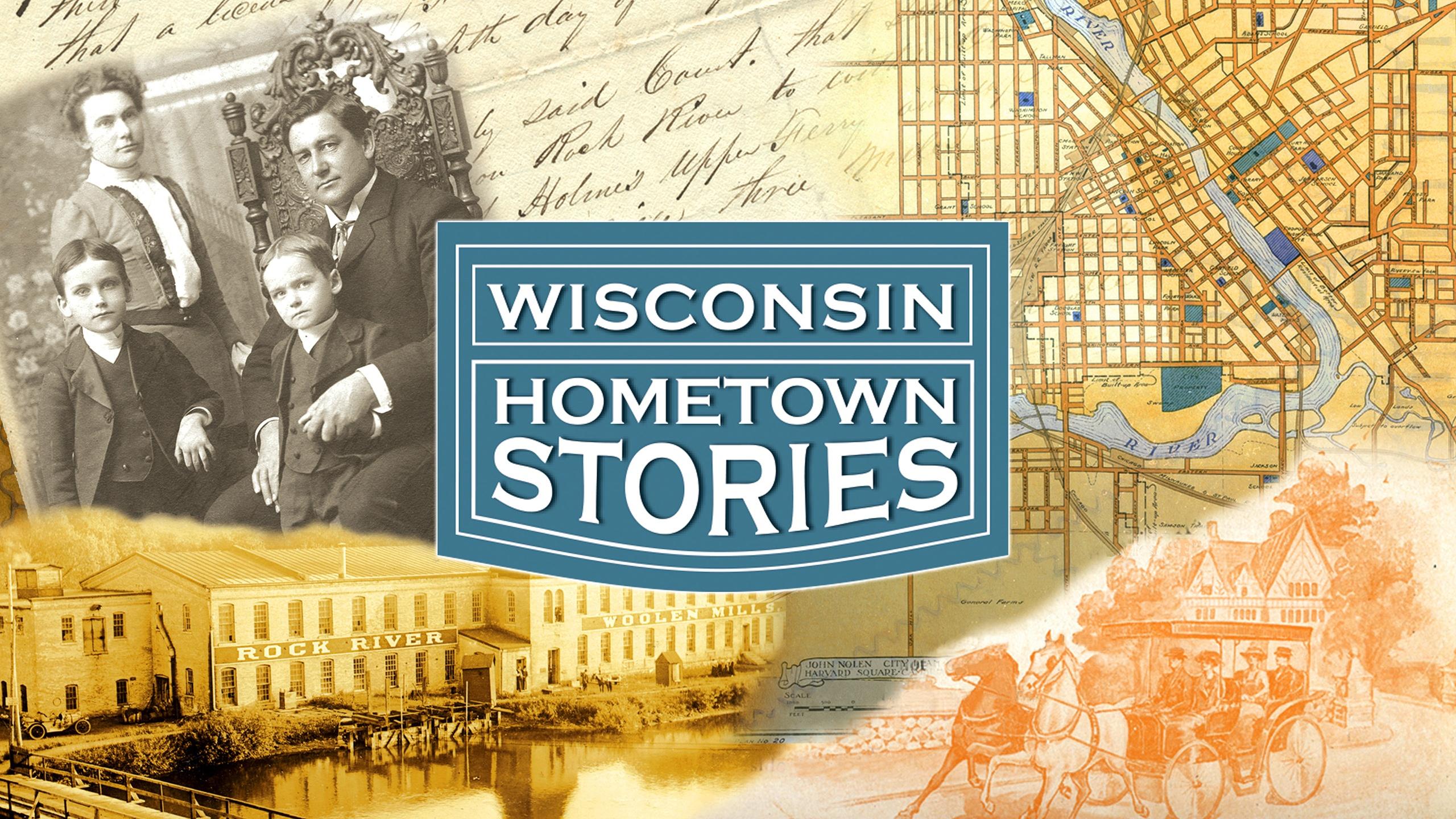


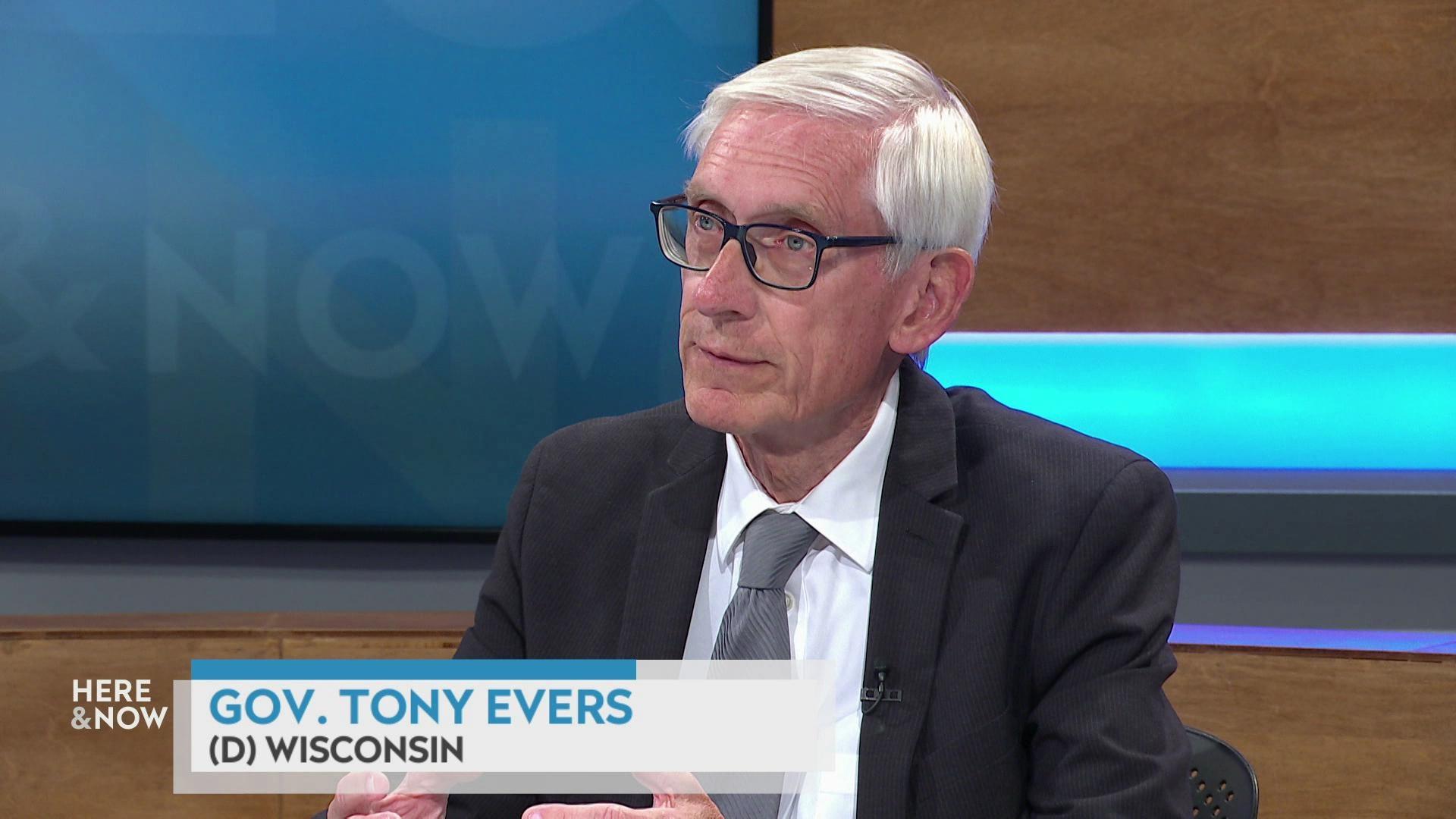
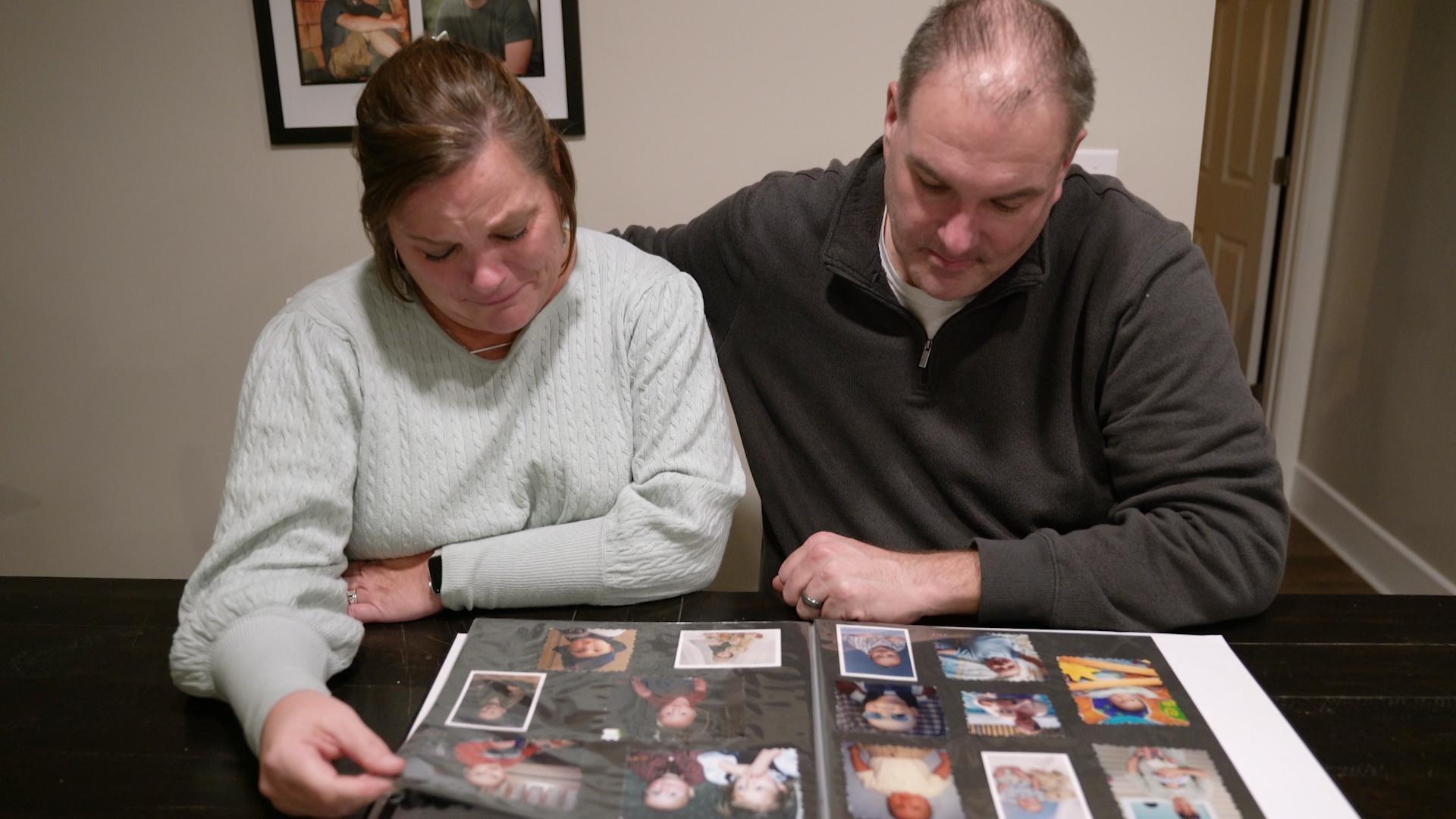
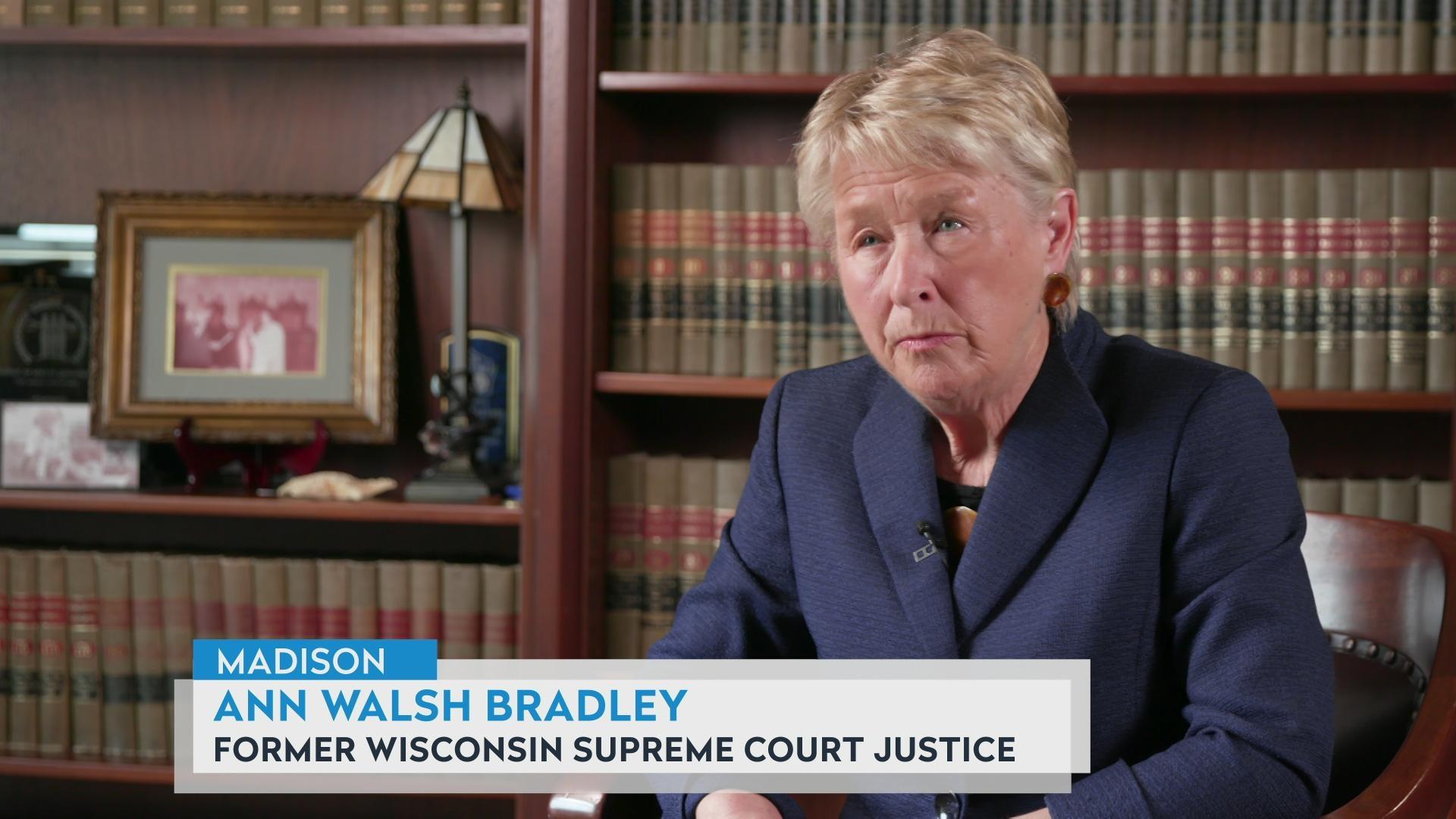
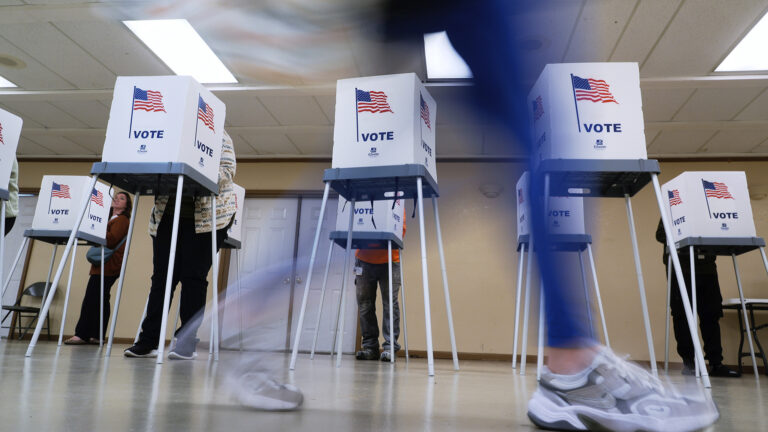
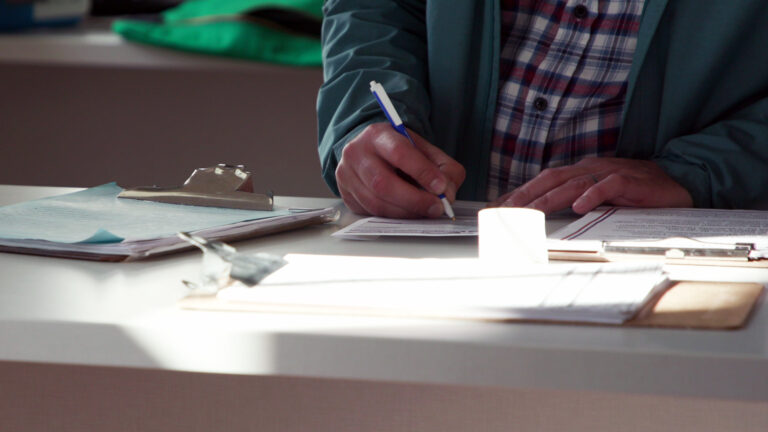
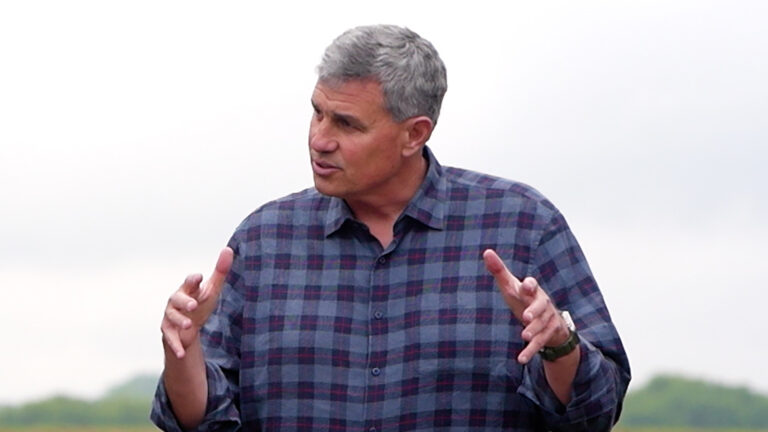
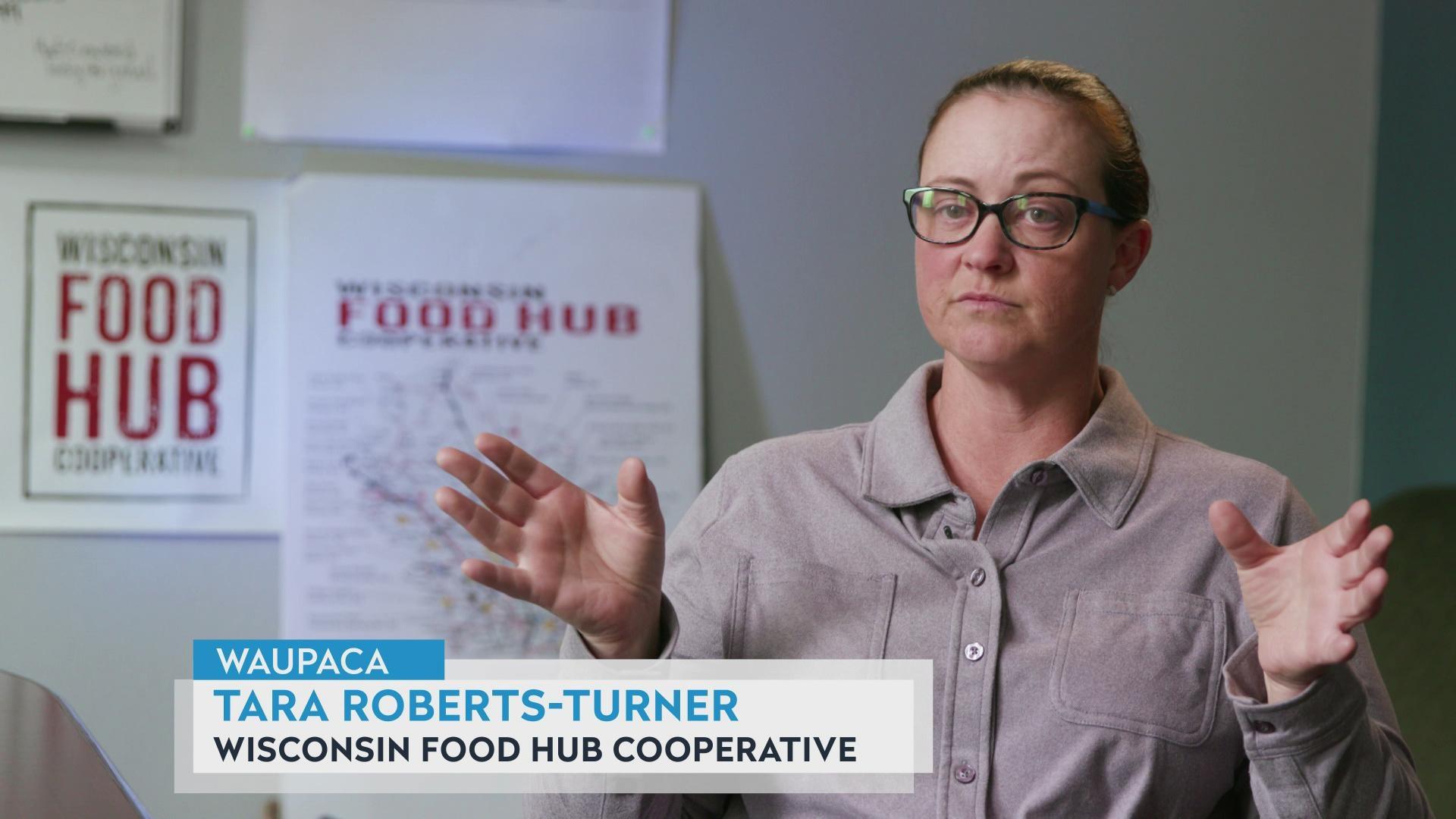
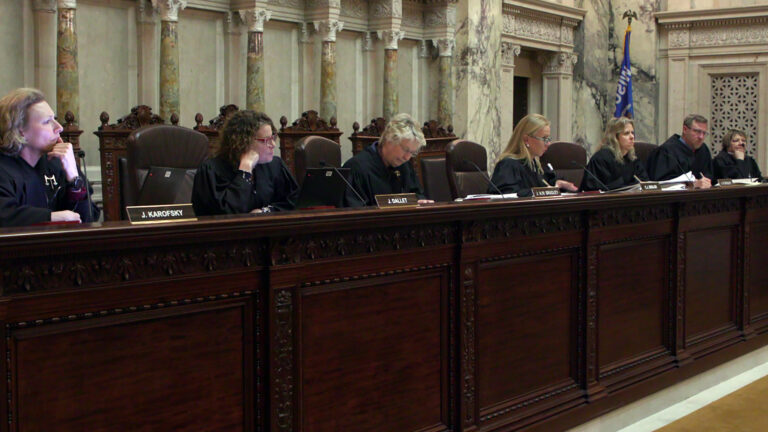
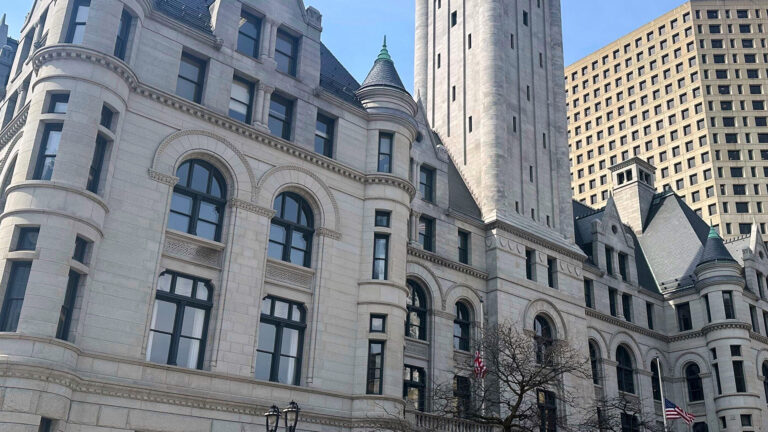
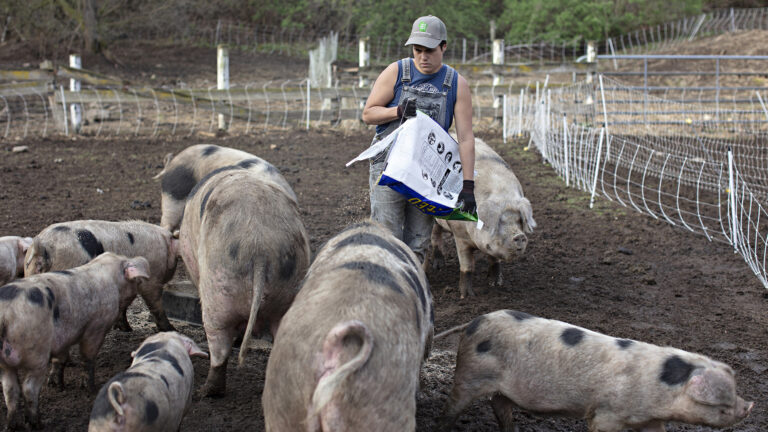
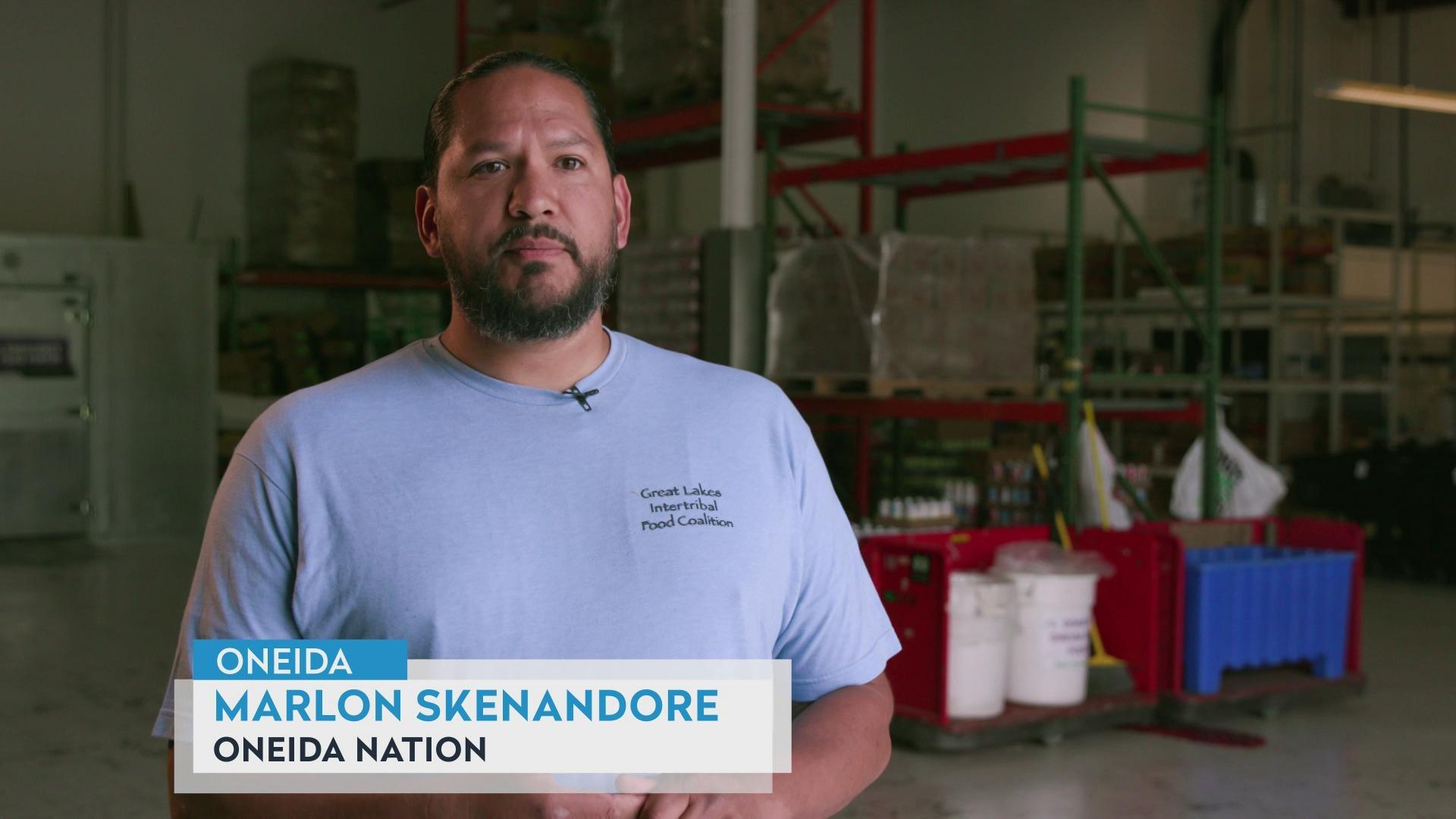
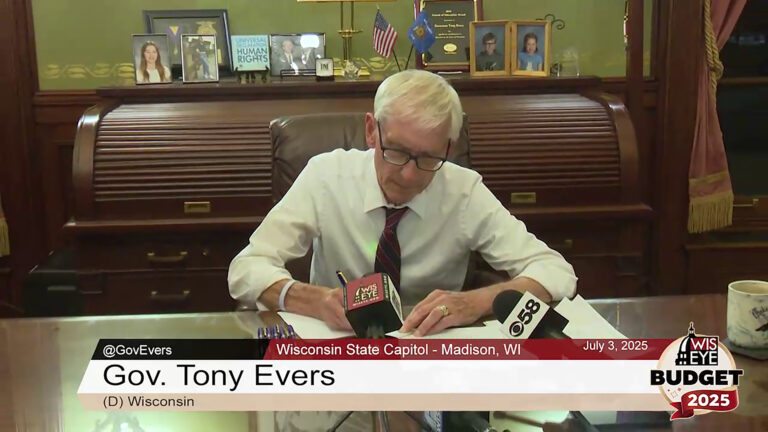

Follow Us